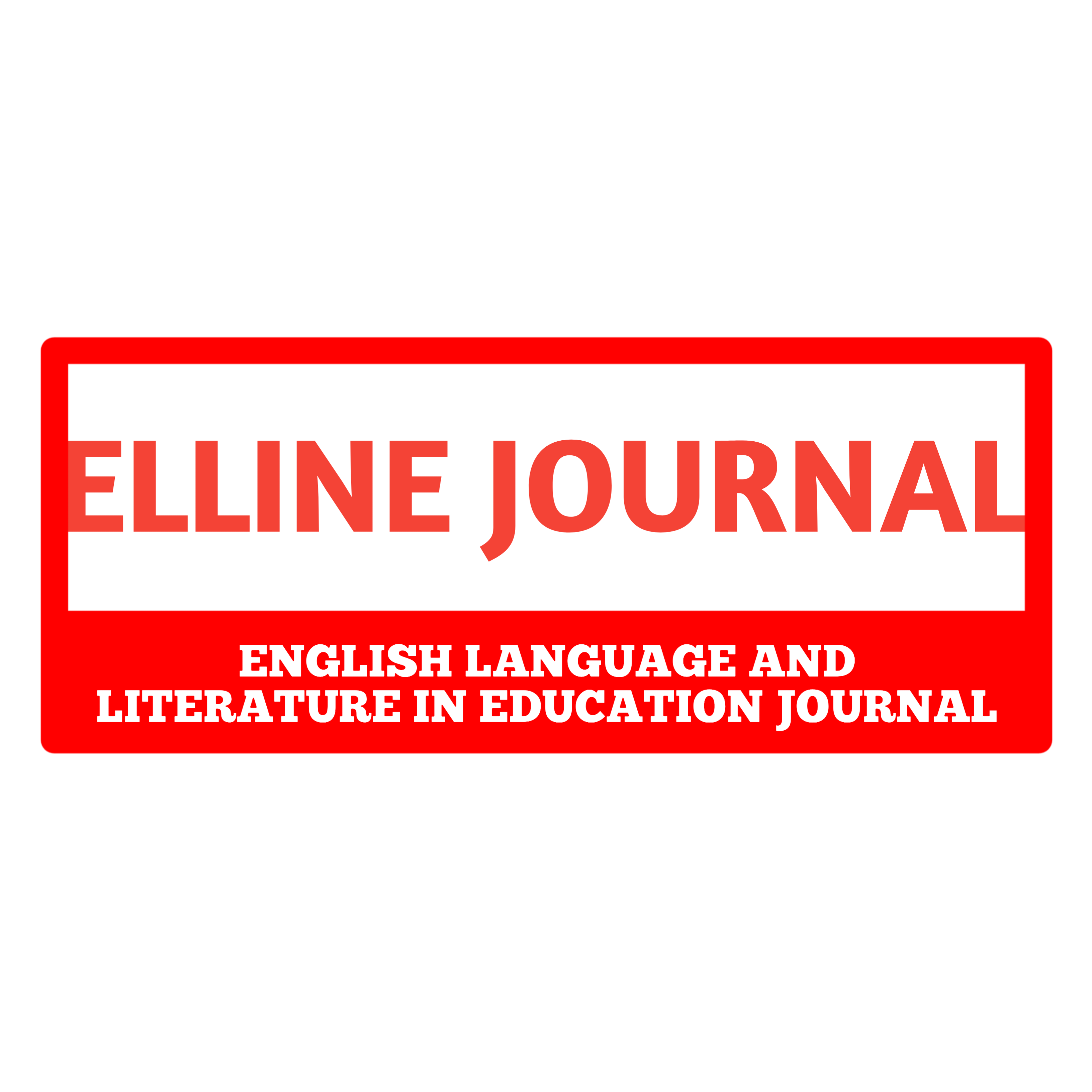Analysis of Code Switching and Code Mixing Used in Joko Widodo’s Statement
DOI:
https://doi.org/10.63011/h0semk21Keywords:
analysis, code switching, code mixing, Joko Widodo’s statement, sociolinguisticsAbstract
Code switching is a part of sociolinguistics which explains about switching the language from one language to others. Code mixing was a part of sociolinguistics which has meaning about mix the words, phrases or clauses. This study was aimed to describe the type of code switching and code mixing. This study was applied descriptive qualitative method. The instruments of this study were the researcher and documentation. The subject of this study was Joko Widodo. The data of this study were all words that contain Code mixing and code switching. Steps of collecting data were: (1) reading the statement president of republic of Indonesia, Joko Widodo, (2) Observing directly by writing the utterances which is contain code switching and code mixing and (3) marking the switched phrases or sentences and mixed words on the utterances. Steps of data analysis were identifying code switching and code mixing, classifying the types of code switching and code mixing, analyzing the types of code switching and code mixing, and drawing the conclusion. The results of this study showed that there was two types code switching that were inter-sentential code switching and also intra-sentential code switching. There were three types of code mixing that were insertion, alternation, and congruent lexicalization.
References
Ajibola, M. O. (2011). Code Mixing as a socioinguistic medium in some selected songs in the Nigerian Music Industry. Ilorin: University of Ilorin.
Appel, R., Gerad, H., & Guss, M. (1976). Sosiolinguistiek. Utrech-Antwerpen: Het Spectrum.
Chomsky, N. (2002). On Nature and Language. United Kingdom: Cambridge University Press.
Creswell, J. W. (1998). Qualitative Inquiry and Research Design: Choosing among Five Traditions. Thousand Oanks, CA: SAGE.
Downes, W. (1998). Language and Society. Cambridge: Cambridge University Press.
Duran, L. (1994). Toward a Better Understanding of Code Switching and Interlanguage in Bilinguality: Implications of Bilingual instruction. Educational Issues of Language Minority Students, 69-87.
Fatimah, S., Elzamzami, A. B., & Slamet, J. (2020). Item Analysis of Final Test for the 9th Grade Students of SMPN 44 Surabaya in the Academic Year of 2019/2020. JournEEL (Journal of English Education and Literature), 2(1), 34-46.
Fishman, J. A. (1972). The Sociology of Language. Rawly Massachusett: Newbury House.
Gimson, A. (1989). An Introduction to the Pronunciation to English. London: Aucklanc.
Gumperz, J. J. (1971). Language in Social Group. Standford: Standford University Press.
Hoffmann, C. (1991). An Introduction to Bilingualism. New Yrok: Longman.
Holmes, J. (2001). An Introduction of Sociolinguistics. New York: Longman.
Hudson, R. A. (1996). Sociolinguistics Second Edition. Cambridge: Cambridge University Press.
Marasigan, E. (1983). Code Switching and Code Mixing in Multilingual Societies: Monograph Series. Singapore: Singapore University Press.
Muysken, P. (2000). Bilingual Speech a Typology of Code Mixing. Cambridge: Cambridge University Press.
Muysken, P. (2000). Bilingual Speech a Typology of Code Mixing. Cambridge: Cambridge University Press.
Romaine, S. (1994). Language in Society: An Introduction to Sociolinguistics. New York: Oxford University Press.
Slamet, J. (2020). A Sociolinguistics of Code Mixing and Code Switching Between English and Indonesian Language at STKIP PGRI Sidoarjo. JournEEL (Journal of English Education and Literature), 2(1), 65-77.
Slamet, J., & Sulistyaningsih, S. (2019). A Syntactic Analysis of Simple Sentence on the Joko Widodo’s Speech by Using Theory of Tree Diagram. Journal of English Education (JournE), 1(1), 1-15.
Slamet, J., & Witjaksono, H. (2019). Types of Deictic Expressions Used in Selected Articles of" The Jakarta Post". Journal of English Education (JournE), 1(2), 11-21.
Spolsky, B. (1998). Linguistics. Oxford: Oxford University Press.
Sulistyaningsih, S., & Slamet, J. (2018). An Analysis of Conjunctions Found in Barack Obama’s Farewell Speech Text. OKARA: Jurnal Bahasa dan Sastra, 12(2), 201-212.
Sulistyaningsih, & Sari, D. (2018). The Ideological Reflection in F. Scott Fitzgerald's Novel, The Great Gatsby, (Post-Colonial Literature). Atavisme, 121-132.
Susanto. (2008). Code Switching: In Indonesia Islamic Religious Discourse: A Sociolinguistics Perspective. Malang: UIN-Malang Press.
Tay, M. W. (1989). Code Switching and Code Mixing as a Communicative Strategy in Multilingual Discourse. World Englishes, 407-417.
Trudgill, P. (1974). Sociolinguistics. Harmondsworth: Penguin.
Weinreich. (1953). Languages in Contact. The Hague: Mouton.
Widodo, J. P., & Slamet, J. (2020). Students' Perception towards Google Classroom as E-learning Tool (A Case Study of Master of English Education of the Second Semester at STKIP PGRI Sidoarjo). Magister Scientiae, 2(48), 99-109.









